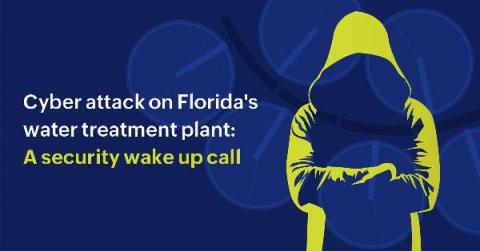Security | Threat Detection | Cyberattacks | DevSecOps | Compliance
Cyberattacks
XSS Attack Examples and Mitigations
Cross-site scripting (XSS) is an attack that allows JavaScript from one site to run on another. XSS is interesting not due to the technical difficulty of the attack but rather because it exploits some of the core security mechanisms of web browsers and because of its sheer pervasiveness. Understanding XSS and its mitigations provides substantial insight into how the web works and how sites are safely (and unsafely) isolated from each other.
The Rise of Software Supply Chain Attacks
Software supply chain attacks are back in the news. Last week, security researcher Alex Birsan executed a novel attack against Microsoft, Apple, PayPal, Shopify, Netflix, Tesla, Yelp, and Uber by leveraging a design flaw in automated build and installation tools. Along with the recent SolarWinds breach, this most recent attack is renewing attention on software supply chain security.
Cyberattack on Florida's water treatment plant: What it means to global organizations
The recent news of a cyberattack on a water treatment plant carried out by a remote perpetrator came as a shock to organizations around the world. Earlier this month, an unauthorized threat actor had remotely accessed the plant’s control systems via TeamViewer and used it to increase the amount of sodium hydroxide (lye) in water to dangerously higher levels.
Preventing CSRF Attacks
Cross-site request forgery (CSRF, sometimes pronounced “sea surf” and not to be confused with cross-site scripting) is a simple yet invasive malicious exploit of a website. It involves a cyberattacker adding a button or link to a suspicious website that makes a request to another site you’re authenticated on.
TeamViewer Security Risks And How To Mitigate Them
TeamViewer is a great utility for remotely helping your relatives or for IT people servicing small businesses. But using it in large organizations, and especially for critical infrastructure, is rather risky, as shown in a recent attempt to poison the water of a city in Florida.
Cloud Threats Memo: What You Need to Know About RDP Attacks On the Rise
The Cloud Threats Memo is a weekly series from Paolo Passeri, digging into a recent cloud threat and highlighting how Netskope can best help mitigate it.
Biggest Cyber Attacks of 2020 & What We Can Learn From Them
There’s no doubt that the internet has made almost every element of our lives easier. Virtually everything now has an online presence, from multi-national social media goliaths to your local bakery. Though this has its advantages, it also creates risk. Convenience comes at a cost, and all too often consumers and businesses alike don’t pay enough attention to cyber security until it’s too late.











